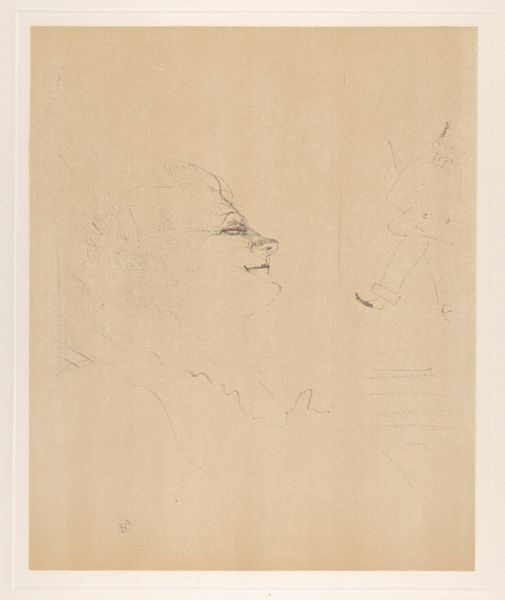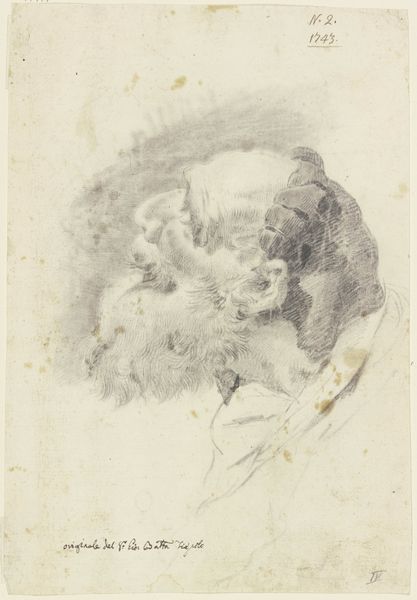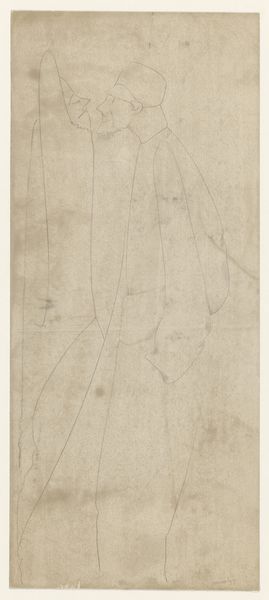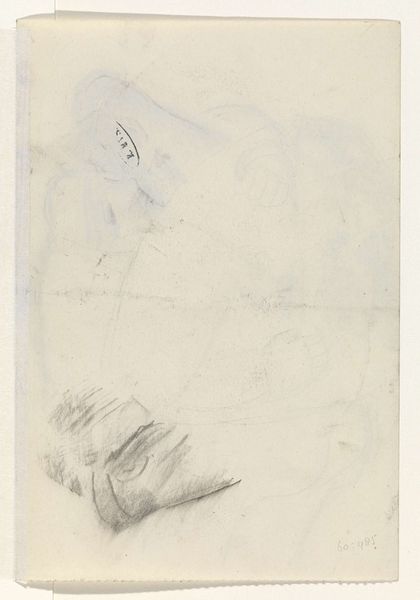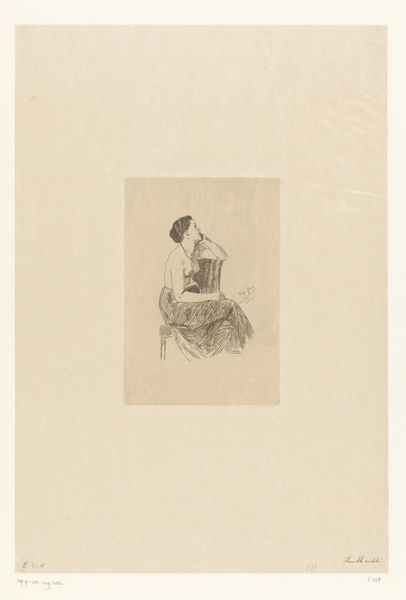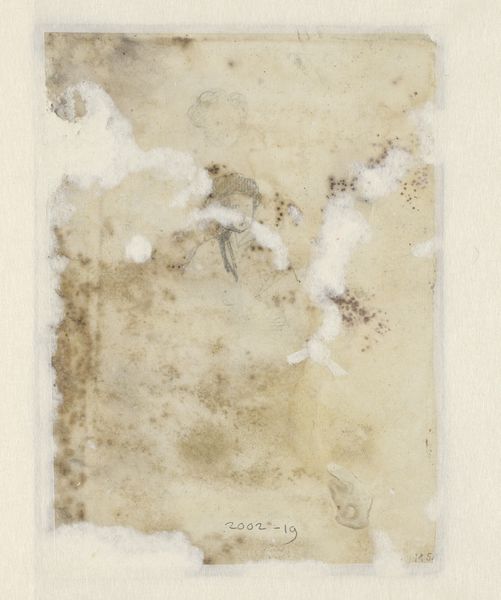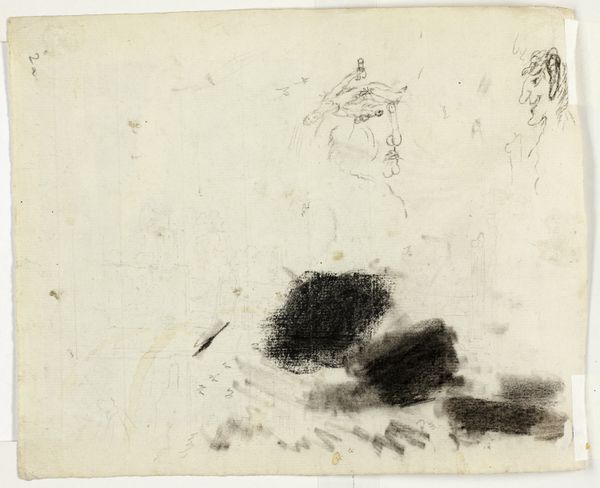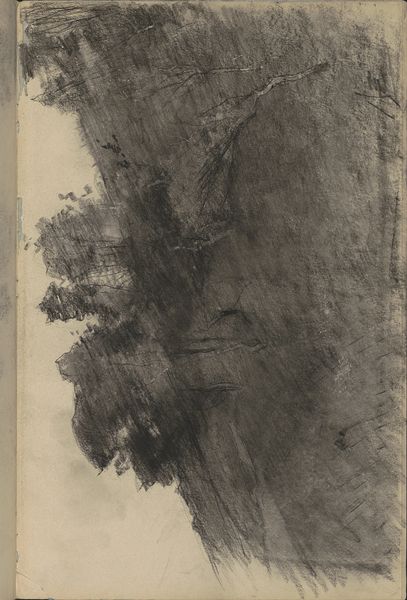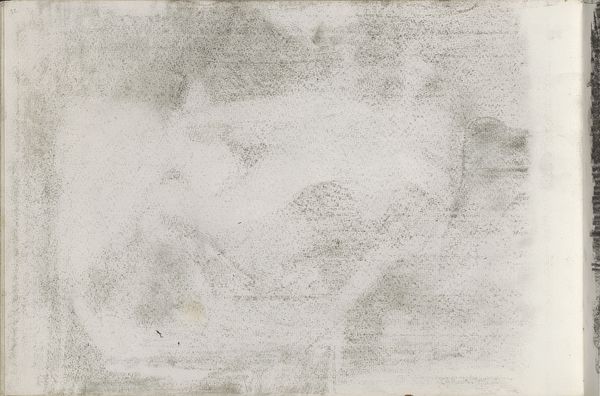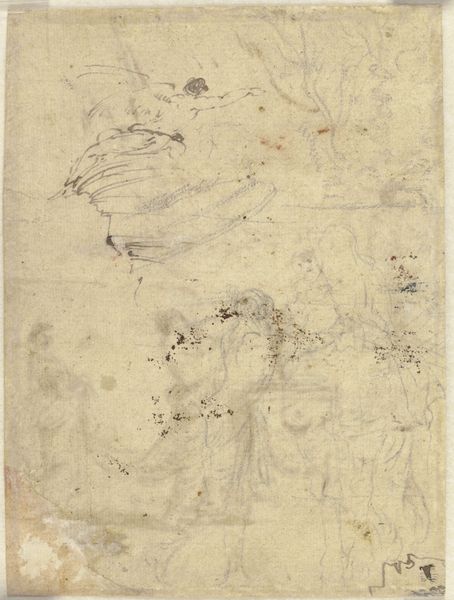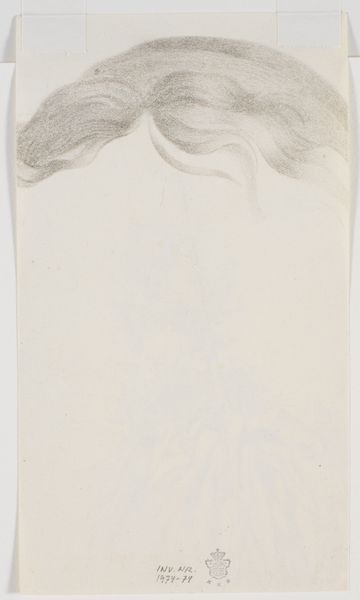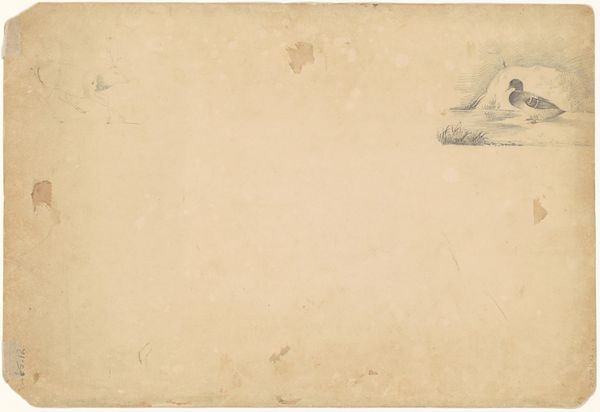
drawing, etching, paper, ink
#
portrait
#
drawing
#
etching
#
paper
#
ink
#
line
Dimensions: height 111 mm, width 74 mm
Copyright: Rijks Museum: Open Domain
Editor: Here we have Philip Zilcken's "Portret van Sarah Bernhardt," dating from somewhere between 1867 and 1890. It's a delicate rendering, using ink on paper, and it seems to be an etching or a drawing, maybe even both. There's a vulnerability in the fine lines that feels very intimate. What strikes you about this work? Curator: I'm particularly drawn to the artist's process. Look closely; you can almost feel the pressure of the stylus on the copper plate and the way the ink must have bitten into the metal. Etching allowed for reproduction, yes, but also enabled the dissemination of *ideas* about Bernhardt. Was it to democratize her image? Did Zilcken seek to capitalize on her fame, a nascent form of celebrity endorsement, using a readily reproducible medium for wider distribution and potential profit? The choice of materials speaks volumes. Editor: That’s a good point. The medium directly affects who gets to see it. So, thinking about the paper itself—does its quality tell us anything? Curator: Absolutely. The paper's texture, its weave, the presence of watermarks—all of these are clues. Was it handmade, costly, intended for fine art prints? Or was it commercially produced, pointing toward a broader, less affluent audience? It’s the physical act of *making* and the materiality of this art that intrigues me as much as the image of Bernhardt herself. Editor: So, beyond the beautiful portrait, it’s also about understanding the means of its production. Did Zilcken have access to, perhaps collaborate with, workshops and studios involved in the creation of the image? Curator: Precisely. The etching needle itself—where was it manufactured, and how was its use taught or learned? Did Zilcken come from an academic art tradition or did he acquire more trade-based skills through a workshop? Considering all these factors opens new pathways to explore the making of art, the artist’s social status and the commerce surrounding it at the time. Editor: I never really considered how the materials tell a story as powerful as the image itself. It changes how I’ll look at art from now on. Curator: Indeed, viewing art from the perspective of materials transforms our understanding, and in so doing makes our interaction with art more textured.
Comments
No comments
Be the first to comment and join the conversation on the ultimate creative platform.
